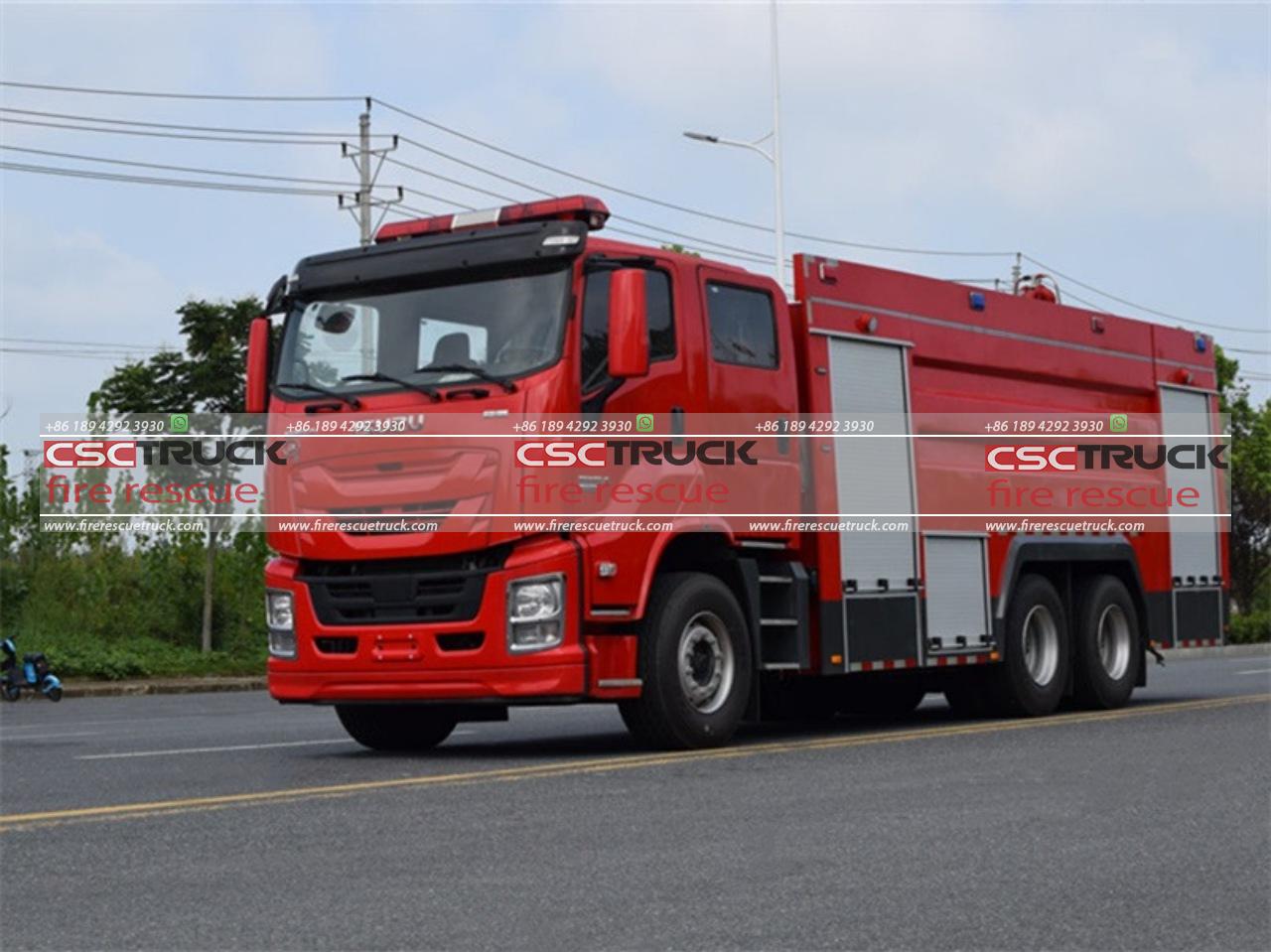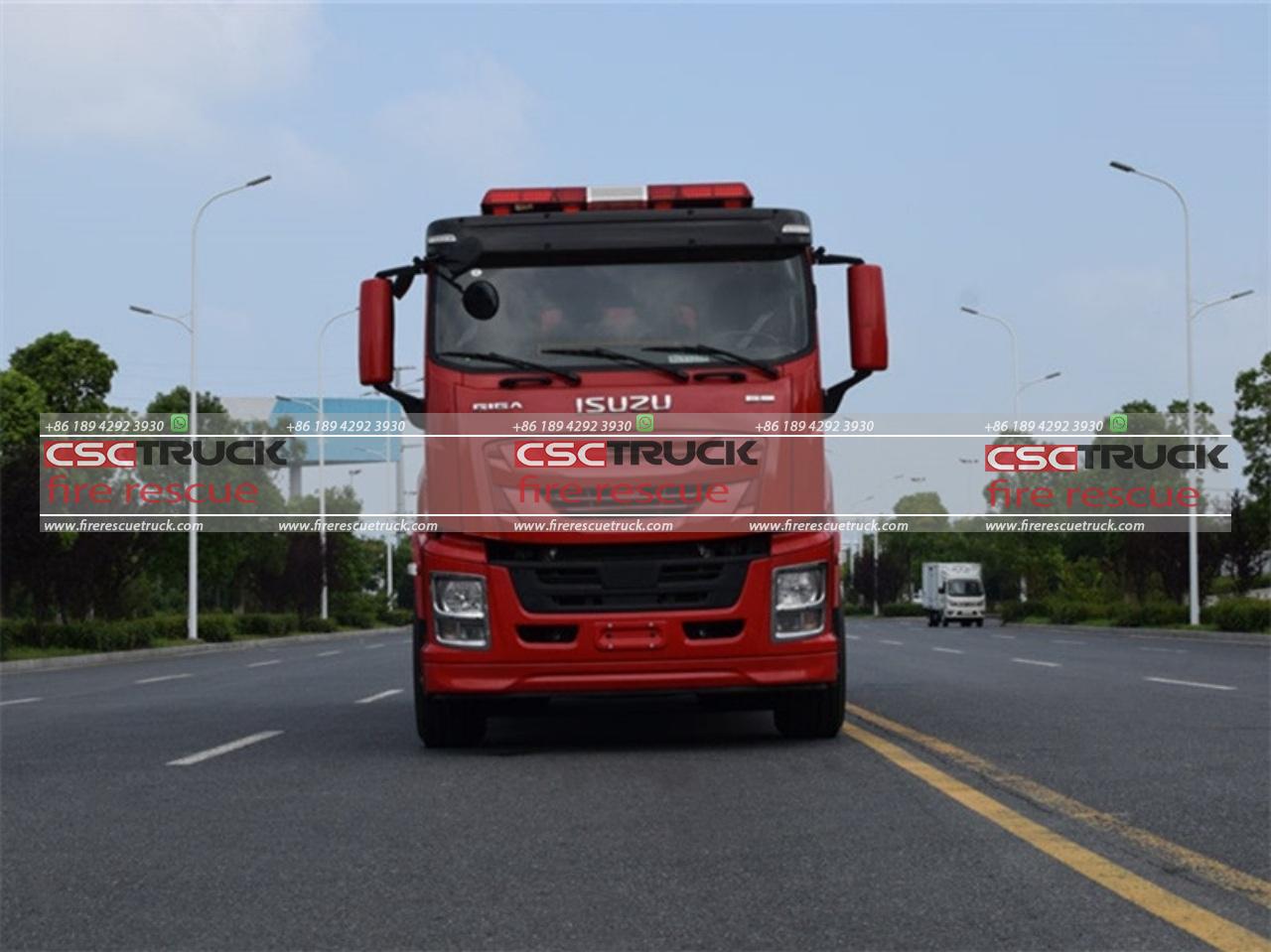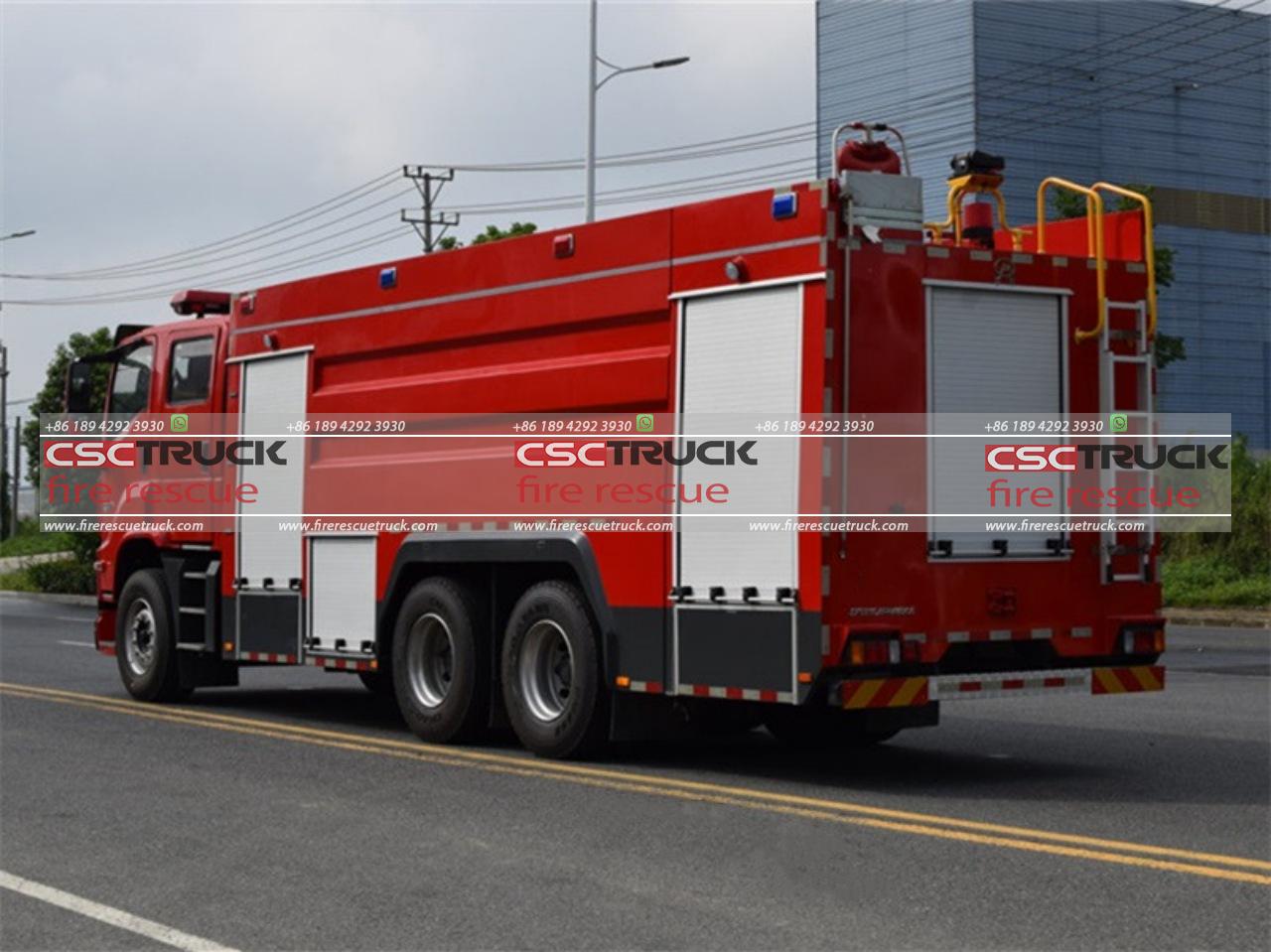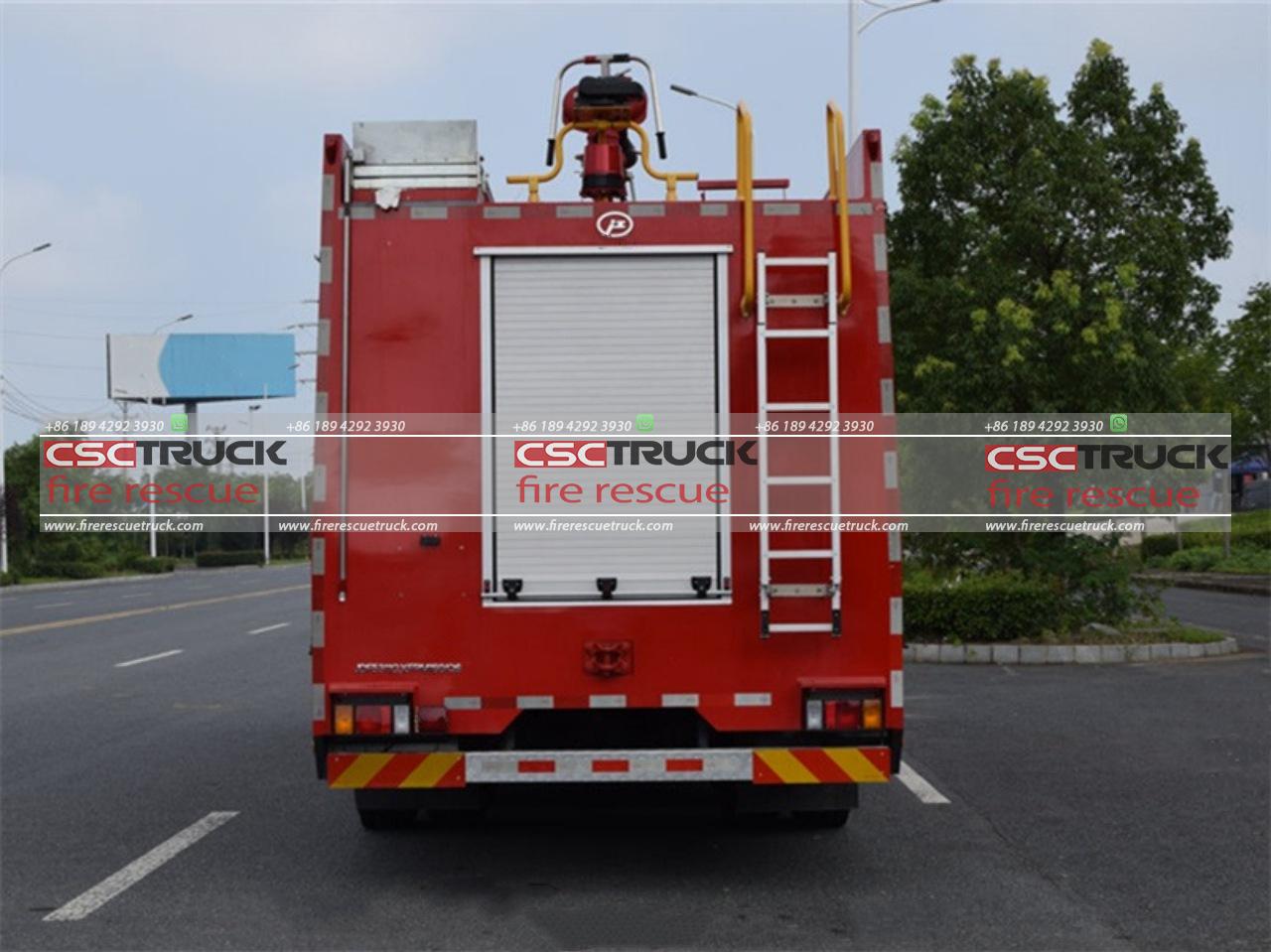What is the Name of the Fire Truck Cars?
Fire trucks, often recognized by their bright red color and piercing sirens, are essential vehicles in the firefighting arsenal. These large vehicles, designed to transport firefighters, water, and equipment to the scene of an emergency, are commonly referred to as “fire trucks” or “fire engines” in colloquial terms. However, the world of firefighting vehicles is far more complex than these general terms suggest. There are different types of fire trucks, each with specialized purposes, capabilities, and designations. In this article, we will explore the various types of fire trucks, their formal names, and their roles in firefighting operations.
1. Fire Engine (Pumper Truck)
The term “fire engine” often brings to mind the classic image of a red vehicle rushing through the streets with flashing lights and sirens. The formal name for this type of fire truck is the pumper truck. Pumper trucks are the most common type of fire truck and are often the first to respond to the scene of a fire. They are primarily designed for pumping water to extinguish fires, equipped with a water tank, hoses, and powerful water pumps.
A typical pumper truck carries between 500 to 1,500 gallons of water. It also has connections, known as **hydrants or water intakes**, that allow it to connect to external water sources, such as fire hydrants. In addition to its water capabilities, a pumper truck typically carries firefighting tools like axes, ladders, and breathing apparatuses. Modern fire engines are also equipped with advanced communication systems to coordinate with other units during large-scale emergencies.
Key Features of a Pumper Truck:
– Water tank (500 to 1,500 gallons)
– High-powered water pump (typically capable of delivering 1,000 to 2,000 gallons per minute)
– Hose connections (both supply and attack hoses)
– Firefighting equipment storage

2. Ladder Truck (Aerial Apparatus)
Another crucial type of fire truck is the ladder truck, also known as an aerial apparatus. These trucks are equipped with long, extendable ladders that can reach heights of 100 feet or more. Ladder trucks are essential in high-rise fires, where access to upper floors is difficult without the use of an extendable ladder.
The ladder on these trucks is either mounted directly to the truck or attached to a rotating platform that allows the ladder to swivel and extend in various directions. In some cases, the ladder is accompanied by a basket or platform at the top, allowing firefighters to rescue people or direct water onto a fire from above.
Ladder trucks often carry additional specialized equipment such as ground ladders, ventilation fans, and tools for forcible entry, like sledgehammers and hydraulic spreaders. Though these trucks have water pumps, their primary function is to provide vertical access, not to pump water like the pumper trucks.
Key Features of a Ladder Truck:
– Extendable ladder (can reach 100 feet or more)
– Swiveling base for multi-directional ladder movement
– Basket or platform for elevated firefighting
– Ground ladders, ventilation equipment, and forcible entry tools
3. Tiller Truck
A unique subtype of the ladder truck is the tiller truck, often called a tractor-drawn aerial. These trucks have 2 parts: the tractor, which pulls the trailer, and the trailer itself, which holds the extendable ladder. What sets the tiller truck apart from regular ladder trucks is that the trailer section has a separate steering system. This feature allows the truck to maneuver through tight city streets and sharp corners, which would be difficult for standard ladder trucks.
Due to their length and maneuverability, tiller trucks are often used in urban areas with narrow streets. They can also carry more equipment than typical fire trucks, making them a versatile asset in firefighting and rescue operations.
Key Features of a Tiller Truck:
– Tractor-trailer design with separate steering for trailer
– High maneuverability for urban firefighting
– Extended storage space for additional firefighting tools

4. Rescue Truck
Rescue trucks are a specialized type of fire truck that focuses primarily on search and rescue missions rather than fire suppression. These trucks are often referred to as heavy rescue vehicles because they carry tools for extracting people from dangerous situations, such as car accidents, building collapses, and confined spaces.
The equipment carried by a rescue truck includes hydraulic rescue tools (commonly known as the “Jaws of Life”), airbags for lifting heavy objects, cutting torches, and ropes for rappelling. Some rescue trucks also carry medical equipment to provide first aid or assist with mass casualty incidents.
Rescue trucks are not typically equipped with water tanks or hoses, but they may work in tandem with other fire trucks to provide comprehensive emergency response capabilities.
Key Features of a Rescue Truck:
– Hydraulic rescue tools (Jaws of Life)
– Airbags and cutting torches for extrication
– Ropes and rappelling equipment for high-angle rescues
– Medical equipment for first aid
5. Brush Truck (Wildland Fire Engine)
When it comes to fighting wildfires, the brush truck or wildland fire engine is the go-to vehicle. These trucks are specifically designed to navigate rough terrain, such as forests, fields, and mountains, where wildfires are most likely to occur. Unlike pumper trucks, which are primarily used in urban or suburban areas, brush trucks have 4-wheel drive and higher clearance to handle off-road conditions.
Brush trucks are equipped with smaller water tanks, usually ranging from 200 to 500 gallons, as well as hoses designed for long-range spraying. They also carry equipment for creating firebreaks, such as chainsaws and shovels, which are crucial in preventing the spread of wildfires.
Key Features of a Brush Truck:
– Four-wheel drive for off-road capabilities
– Smaller water tank (200 to 500 gallons)
– Hoses for long-range water application
– Tools for wildfire containment (chainsaws, shovels)

6. Command and Support Vehicles
While not fire trucks in the traditional sense, command vehicles, and support vehicles play a critical role in firefighting operations. Command vehicles, often SUVs or specialized trucks, are equipped with advanced communication and planning tools. These vehicles are used by fire chiefs or incident commanders to coordinate response efforts during large emergencies.
Support vehicles, on the other hand, are designed to provide additional logistical support. These may include air support trucks, which provide fresh air tanks for firefighters using breathing apparatuses, or hazmat trucks, which carry specialized equipment for handling hazardous materials.
Key Features of Command and Support Vehicles:
– Advanced communication systems for incident command
– Equipment for specialized tasks (air supply, hazardous materials)
– Typically smaller, more mobile vehicles (SUVs, vans)
Conclusion
The term “fire truck” encompasses a wide range of vehicles, each with a specific name and role in firefighting operations. From the classic **pumper truck**, responsible for pumping water, to the **tiller truck**, designed for navigating narrow streets, fire trucks come in many shapes and sizes. Other essential vehicles like **rescue trucks**, **brush trucks**, and **command vehicles** further illustrate the diversity within the firefighting fleet.
Each type of fire truck serves a unique purpose, ensuring that firefighters are equipped to handle any emergency, whether it be an urban blaze, a wildfire, or a complex rescue operation. Understanding the names and functions of these vehicles not only provides insight into the complexities of firefighting but also highlights the critical role they play in keeping our communities safe.








